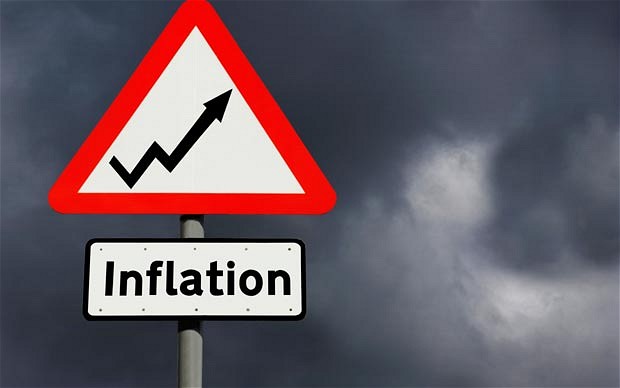Zimbabwe’s annual inflation rose by 3.5% in USD terms in May, Zimbabwe Statistics Agency (ZimStat) says, as it released its first ZiG price data.
Zimstat now reports three separate sets of inflation figures. It now measures price increases separately in USD, in ZiG and also in a weighted average measuring price increases in a blend of USD and local currency.
In USD terms, year-on-year inflation was 3.5% in May, while month-on-month inflation was 0.1.%, easing 0.7 percentage points from April. In ZiG, inflation was -2.4% in May 2024.
This is the rate at which ZiG prices changed between April, when ZiG launched, and May. Annual ZiG prices will only be measured in April next year, when Zimstat can compare with April 2024 to come up with the annual ZiG inflation figure.
The weighted month-on-month inflation rate — which measures the combined price changes in ZiG and USD — was -0.6% in May.
USD inflation in May was mostly driven up by the cost of food and non-alcoholic beverages, followed by furniture and equipment.
The cost of transport was the biggest contributor to the weighted monthly inflation in May, according to Zimstat.
In May, a person needed ZiG401.36 to be above the Food Poverty Line (FPL), a measure of the food an individual needs for basic nutrition.
The Total Consumption Poverty Line (TCPL), what a person needs to earn to afford basics and not be considered poor, was ZiG624.44.
Zimbabwe introduced the ZiG on April 5, after the Zimbabwe dollar was eroded by inflation. Since then, central bank has severely limited the ZiG’s circulation, fearing that money supply would again fuel inflation.
However, this has also driven up the price of some services, such as transport, which replied on local currency for small change.
According to the RBZ, over 80% of all transactions in the economy are now in USD. This has been caused by the market’s rejection of the Zimbabwe dollar and RBZ’s insistence on keeping a tight rein on money supply, including maintaining high interest rates.
NewZWire













